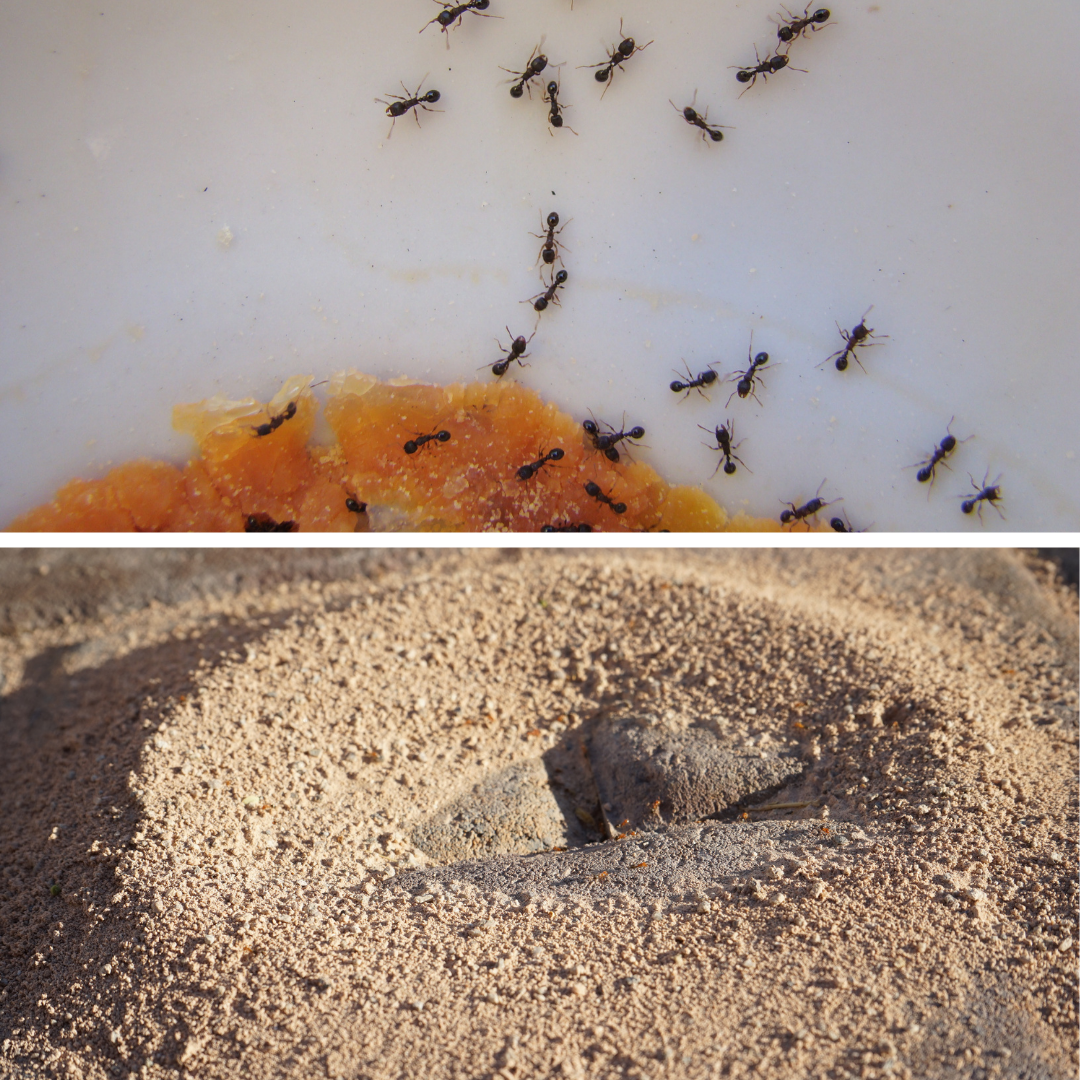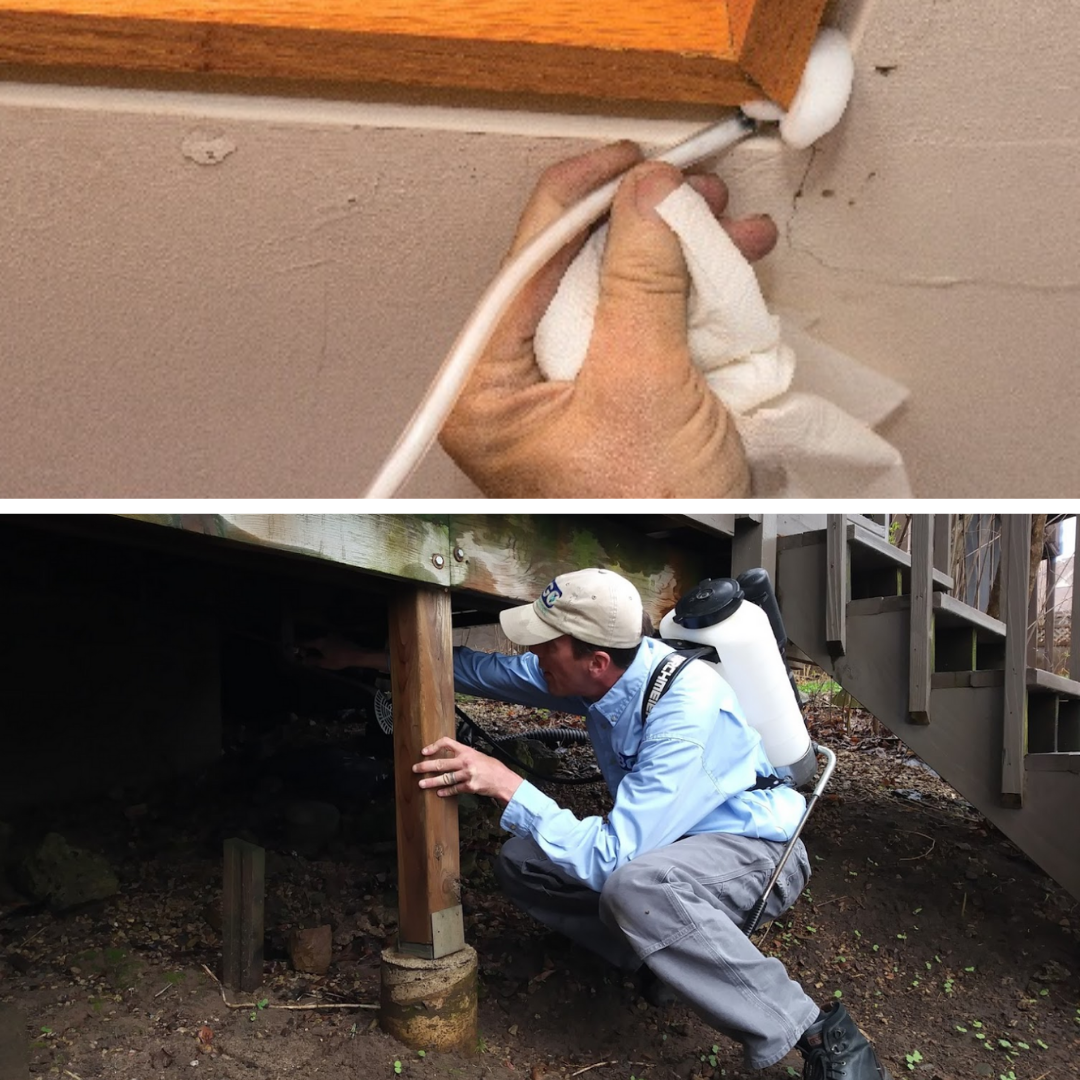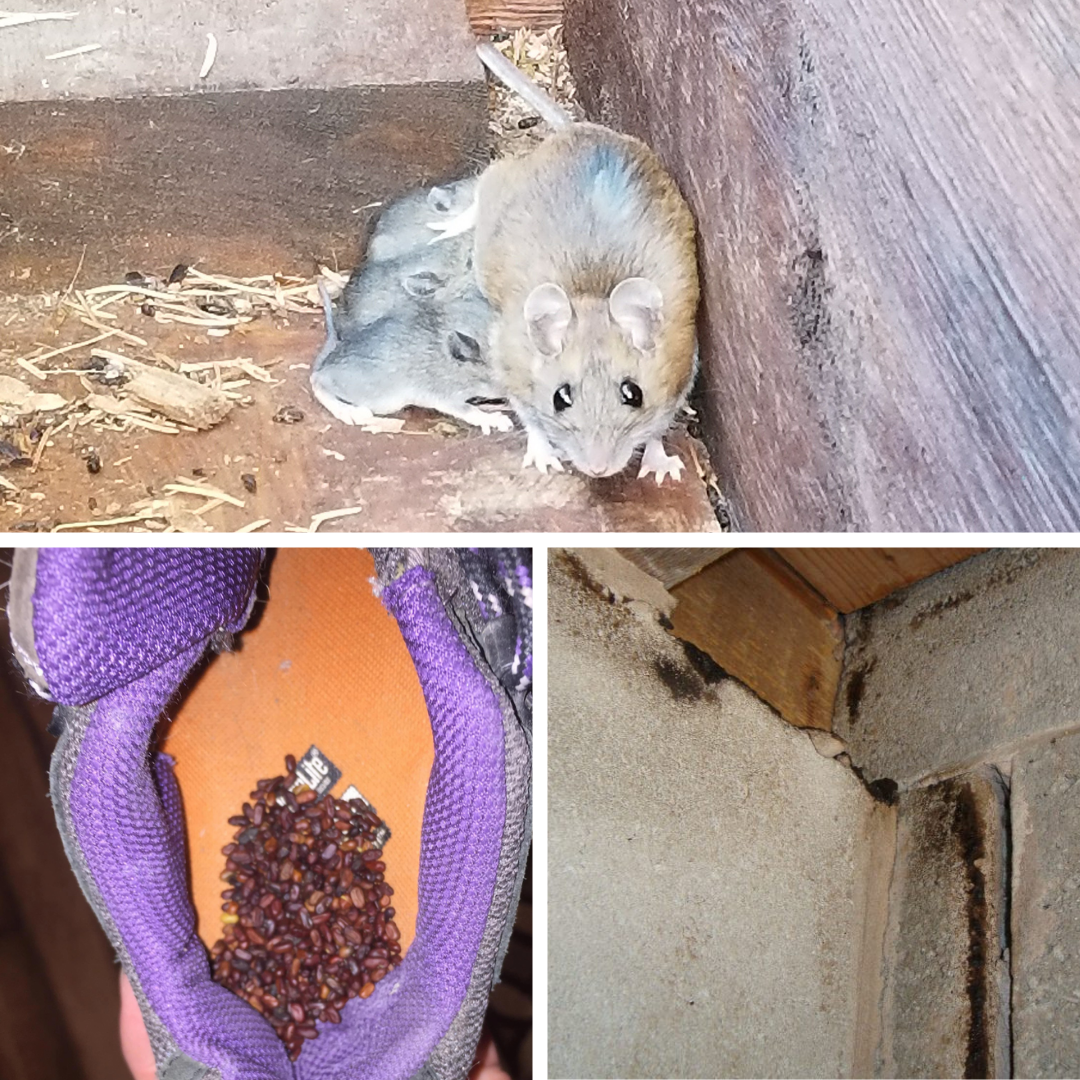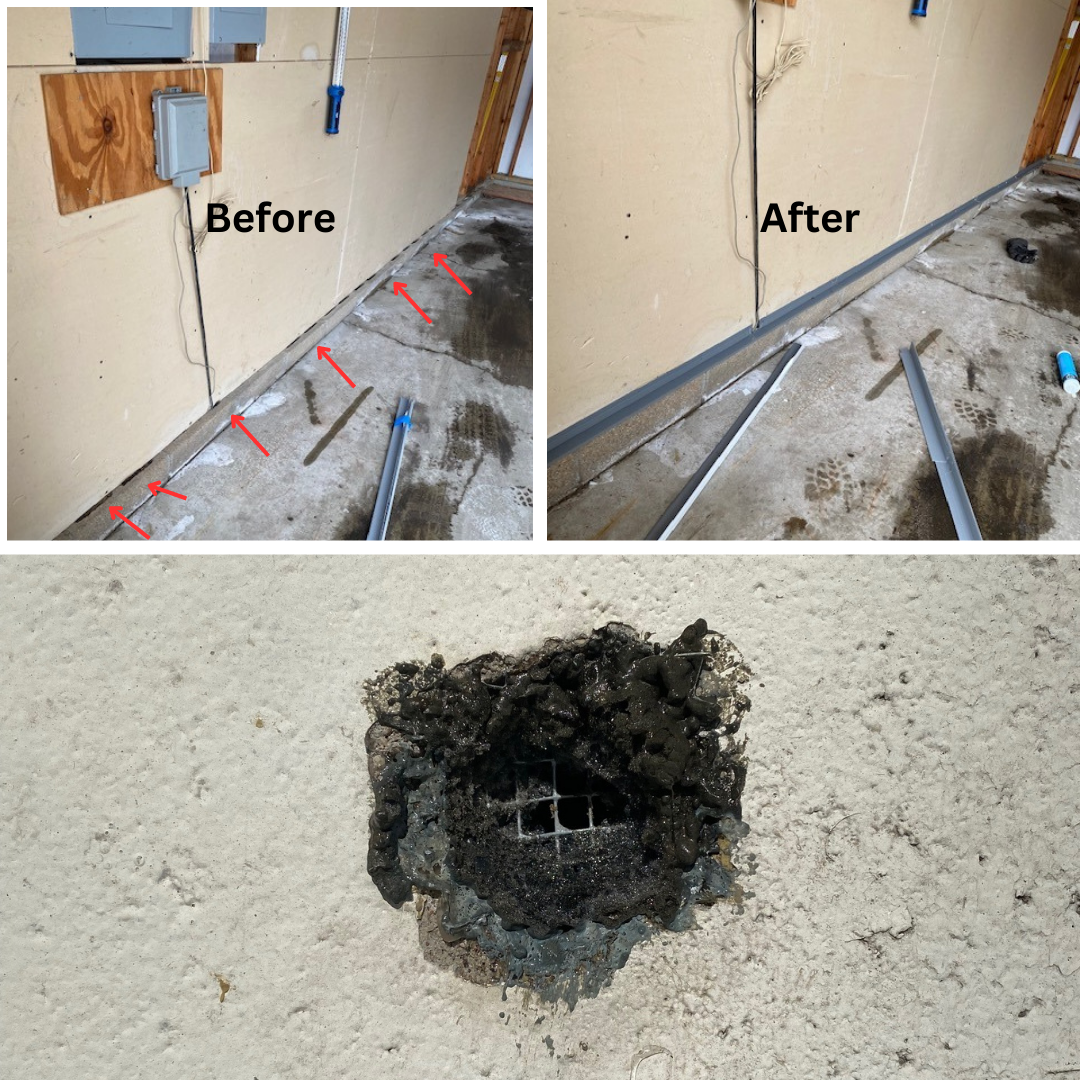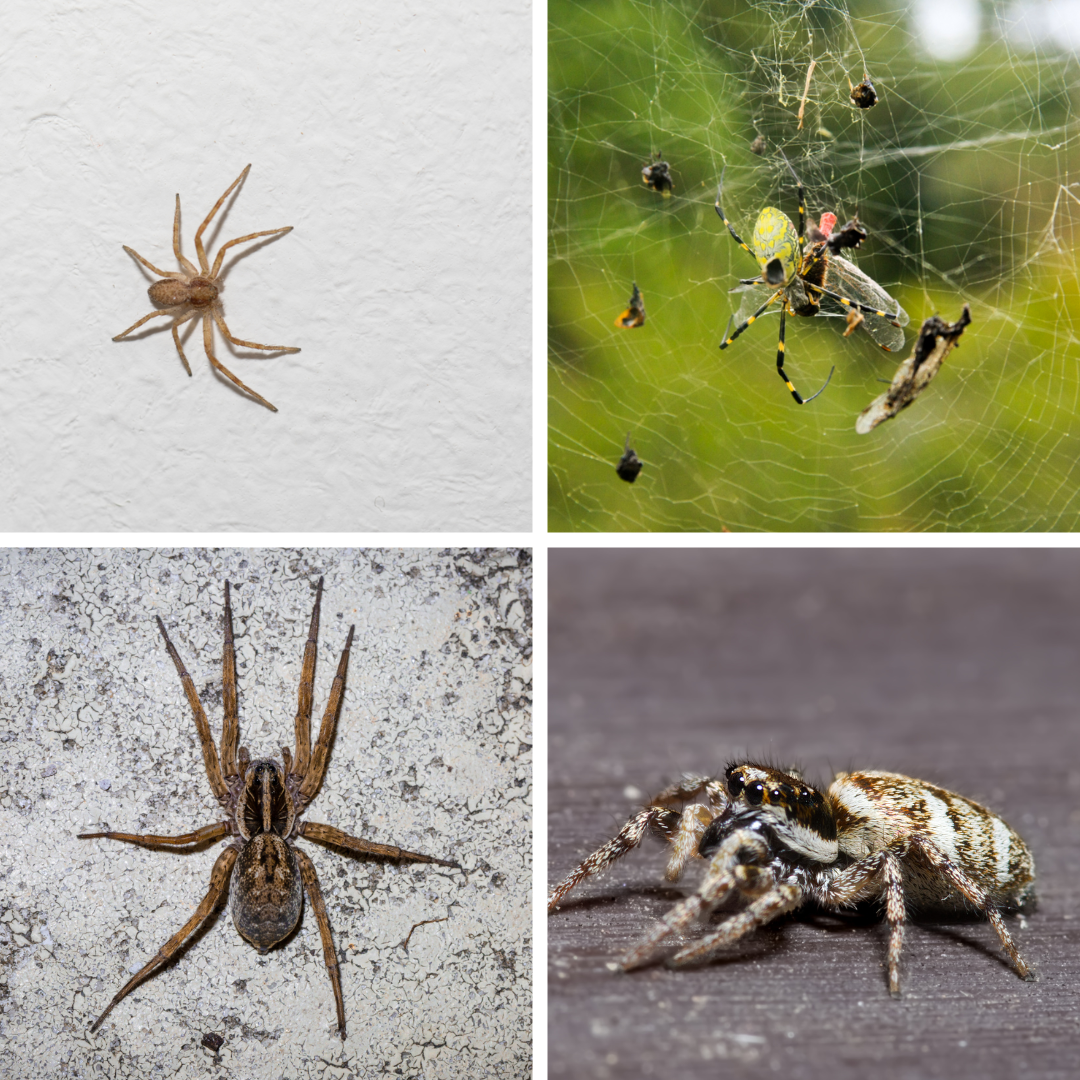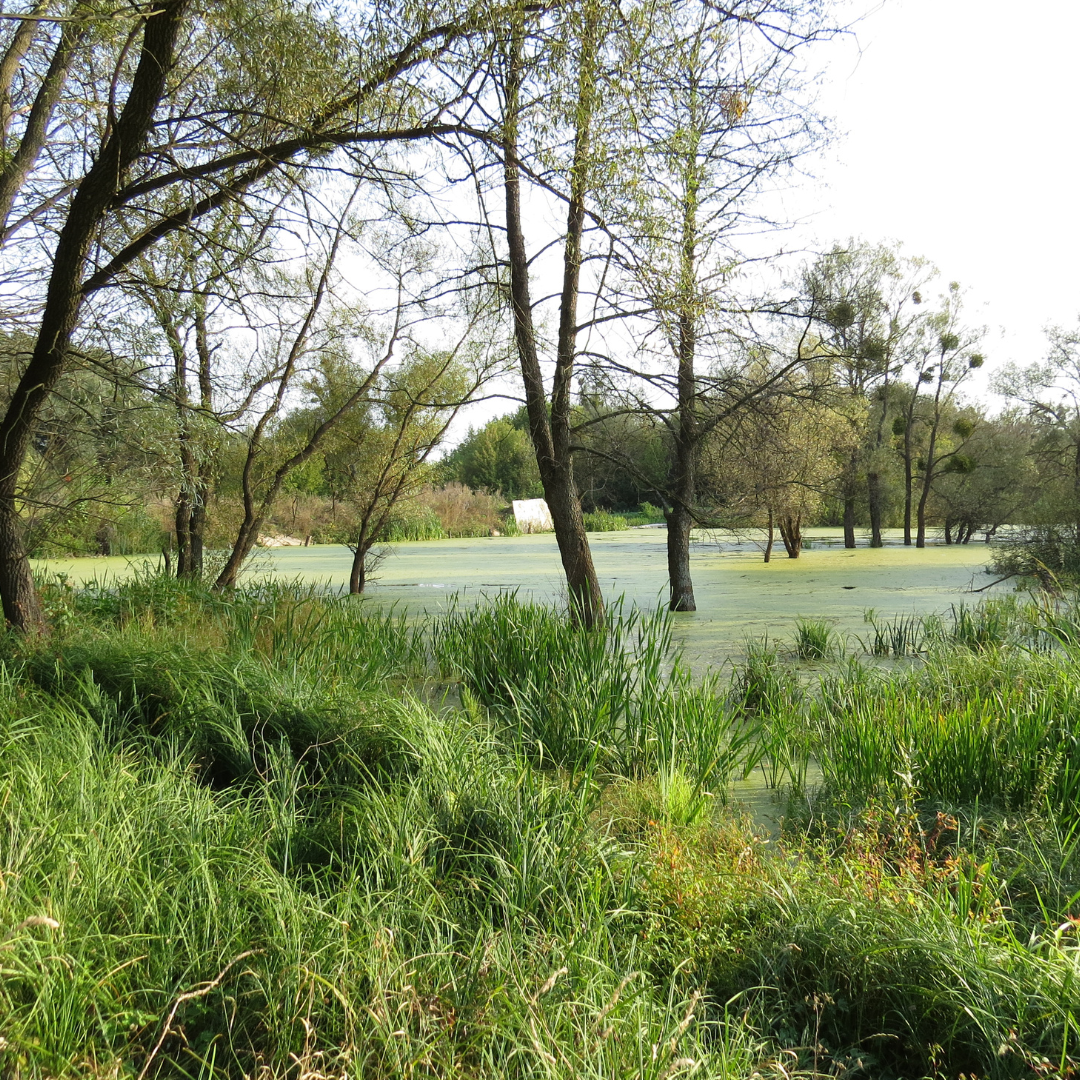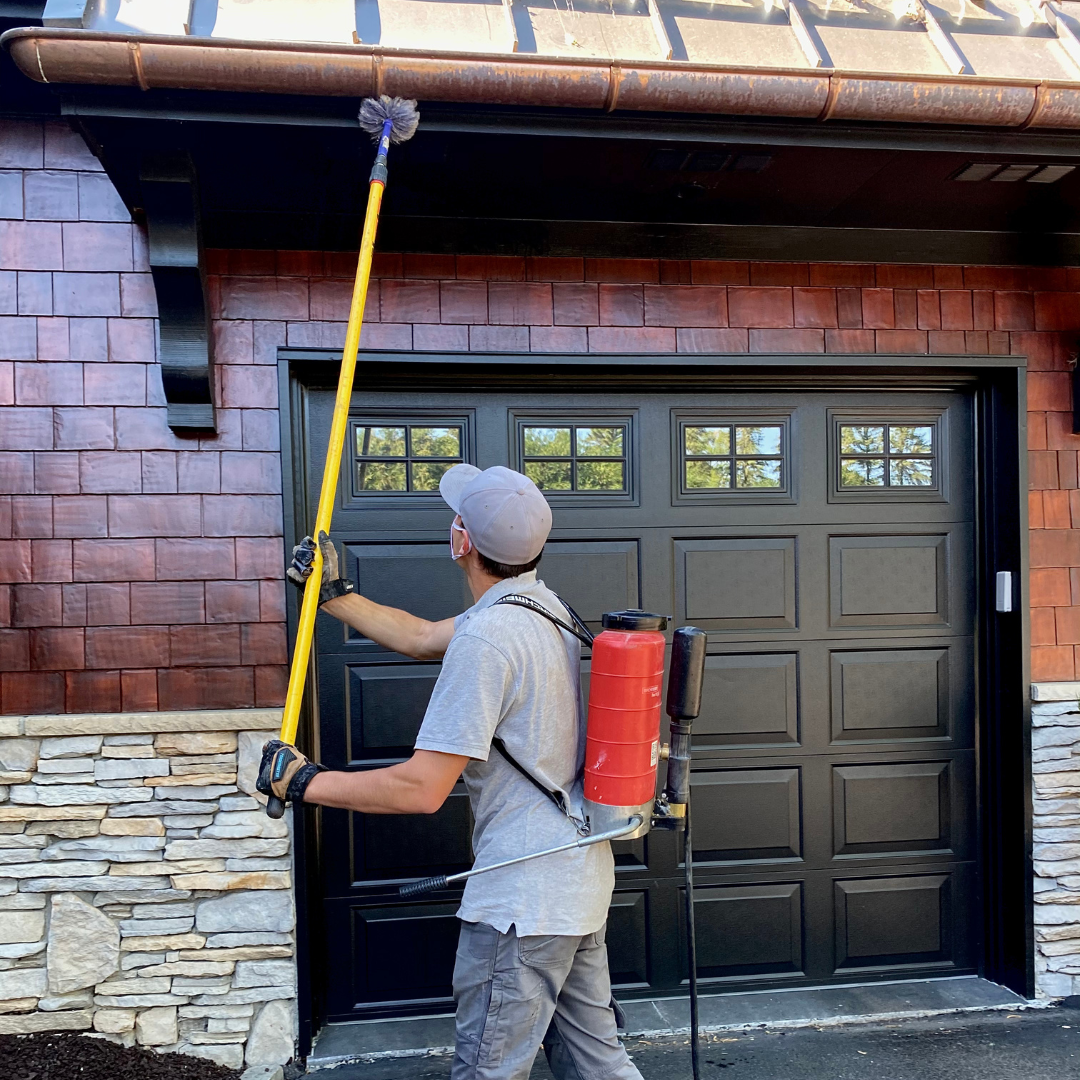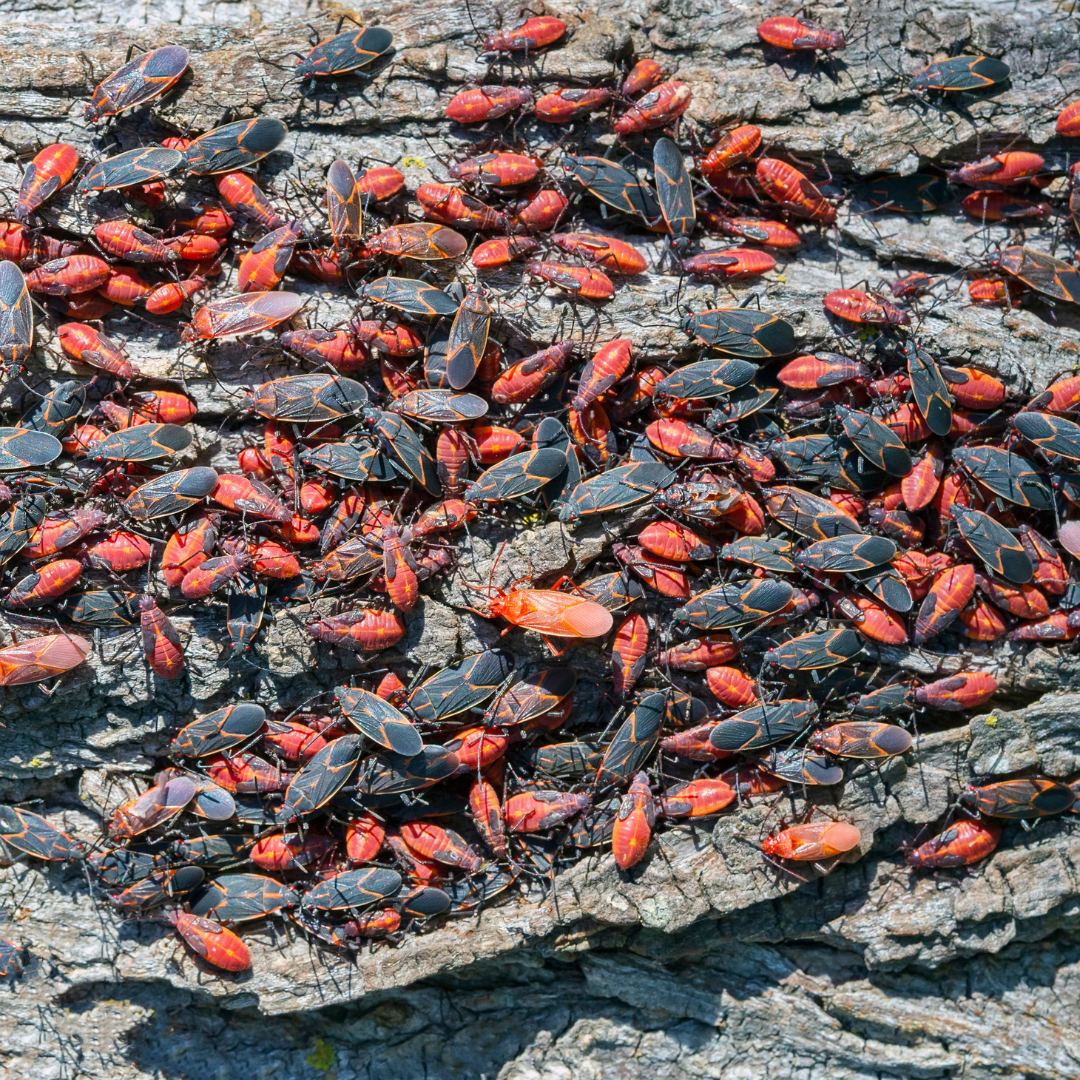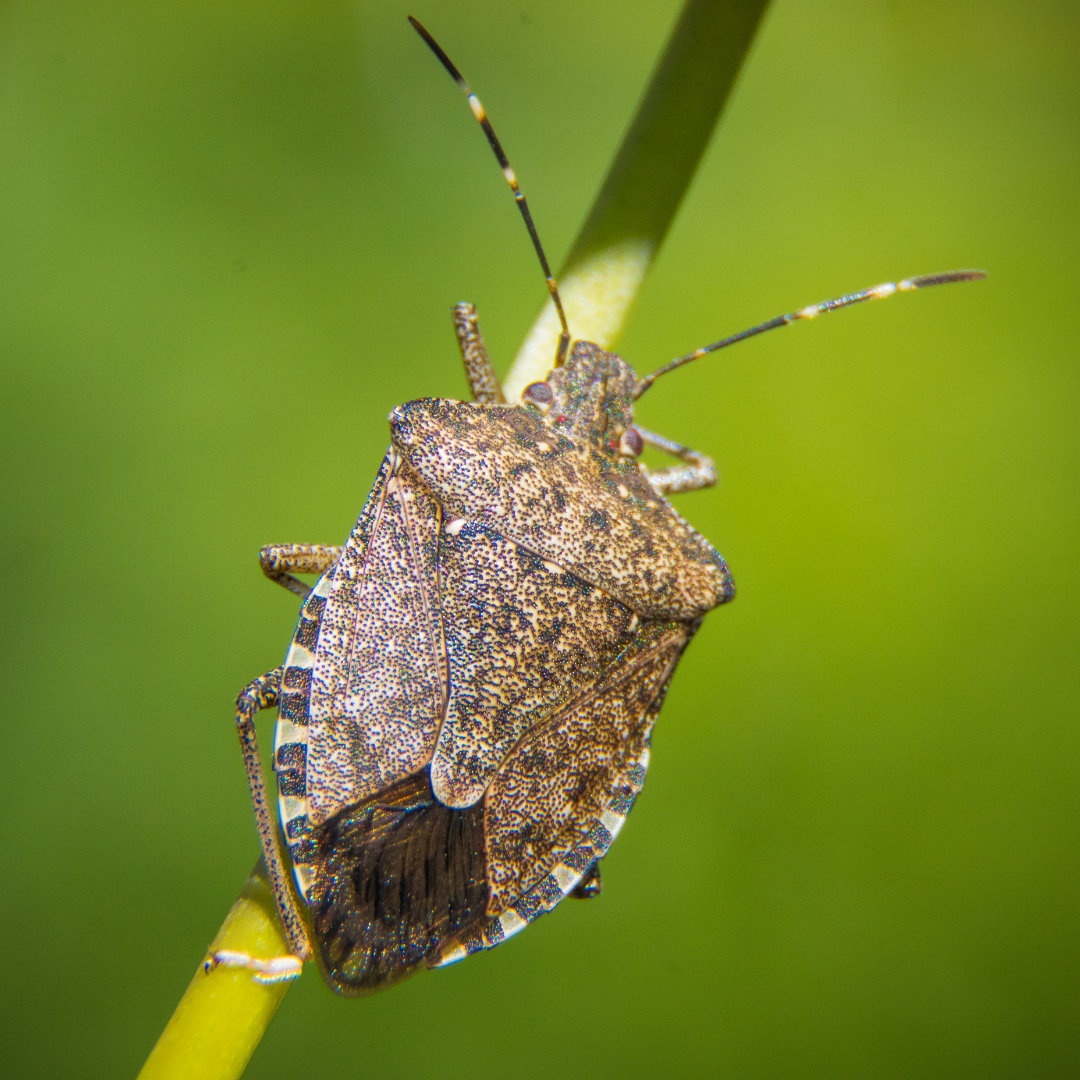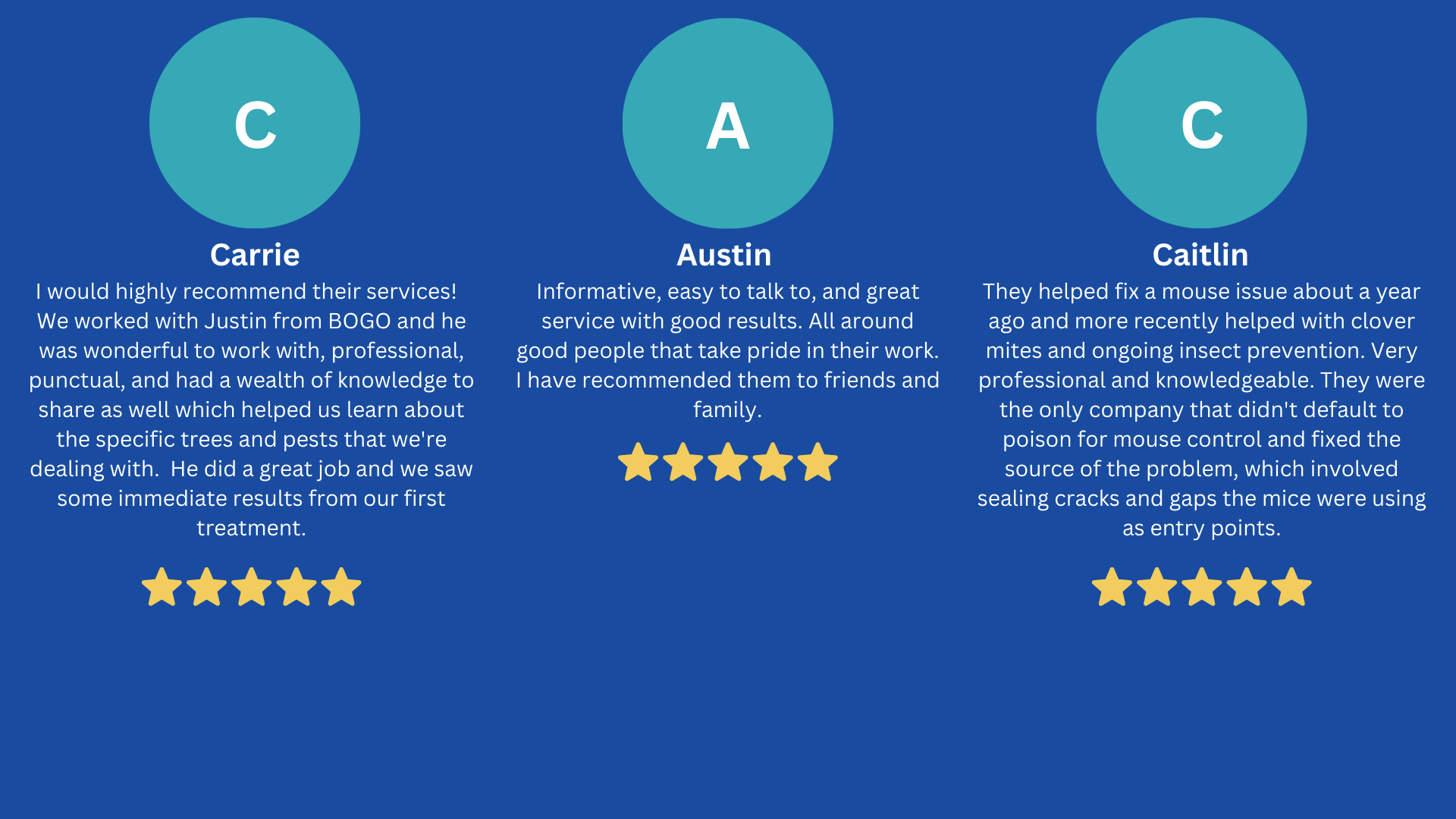Contact BOGO for Your Champlin Minnesota Pest Control Needs!
Champlin Minnesota is a town just North of Minneapolis. It’s in between the Mississippi River and Elm Creek Park Reserve. Both areas are hotbeds for many of Minnesota’s top pests.
These are the most common pest found in Champlin Minnesota
(Click the name to keep from scrolling)
To protect your home from all these insects and more our Insect Protection Plan or IPP is the best option
If you have any questions or concerns or would like to schedule an appointment call or send us an email
Call Us Today! 952-404-BOGO (2646)
Share This Page!
Ants in Champlin Minnesota
Carpenter Ants
Carpenter ants are often thought to eat and damage wood like termites. Termites need to eat wood to survive. So they cause structural damage quickly. Luckily for people living in Champlin Minnesota, it’s extremely rare to find termites this far up north. Carpenter ants are not termites! they chew wood they do not eat it. They also are only attracted to wood that is already damaged. They chew wood that is rotting or water-damaged. They chew small tunnels through the wood to store their food, larvae, and eggs inside. The structural damage causing the wood to rot is often more significant than the structural damage caused by the carpenter ants living inside.
Pavement Ants
Pavement ant nests have circular piles of sand and dirt surrounding the entrances to their nests. Their nests are often located under sidewalks, driveways, cement or brick patios, and porches. They can be seen inside homes foraging for food. Their diets consist of; sugary and protein-based foods. Some of their most common include peanut butter, seeds, insects, honey, and jam. In the winter they are also capable of surviving and staying active by nesting inside homes and buildings. They can be found nesting inside insulated foundations, under cement slabs, under various home appliances, and underneath heated floors.
Ant Service
We offer interior or exterior ant treatments. Our interior treatments are often done in the winter. When we treat inside we use a foam product that we apply inside cracks and crevices. We treat areas where the ants are crawling out. This often includes; behind outlets, floor boards, under sinks, appliances, and in unfinished rooms. The exterior service consists of using a water-based product. We spray around the foundation and areas that the ants could climb to bypass the foundation. This includes; trees and decks that are touching the home. Both products don’t kill the ants on contact and allow them to carry it back underground to the rest of their colony. It takes 30 days after our treatment to exterminate an entire ant colony. Each service comes with a 1-year warranty.
Click below to learn about our ant services
To learn more about ants visit our Minnesota ant identification page
Mice in Champlin Minnesota
Mouse Behavior
Mice all across Champlin Minnesota behave the same way. They have 2 jobs that they do every day. Mice are either foraging for food to hoard for winter or breeding. Mice are nocturnal so they are the most active at night. When they leave their nests at night to forage for food they use their nose more than their eyes. Their territories often stretch 30 yards from their nests. To help them find their way back at night they leave scent trails. When moving, these scent trails are made by urinating microscopic droplets every few inches. Over time these scent trails become rub marks. You can see them on the foundation and around the home close to entry points into the home. Mice live in groups of multiple females, their offspring, and one or two males. Each mouse finds food to support the entire group. Mice don’t have a breeding season and can breed all year. They are motivated to make nests inside homes in the winter so they are able to continue breeding in the winter. This is why many homes see an increase in mouse activity in the winter.
Mouse Service
Our mouse service starts with a thorough inspection of the home. Each home is built differently than the next meaning every mouse service is also different than the next. During our inspection, we take detailed photos of entry points, evidence of mice, and limitations. Unlike the rest of the pest control industry, we are 100% honest and transparent with the severity of the mouse problem and what it will take to fix it. The limitations we bring up are things that block us from accessing 100% of the foundation or roof if it is obvious that the mice are climbing. This includes but is not limited to; cedar shakes, low 3-season porches, and townhomes. After the inspection, we came back a second time to seal all of the entry points from the outside. We use long-lasting and mouse-proof products that the rest of the industry doesn’t use. We make sure the job is done right and because our service is so effective we offer unlimited 2-year warranties or 2-visit 2-year warranties depending on the limitations we find.
Click below to learn more about BOGO’s signature mouse service
To learn more about mice and their behavior visit our mouse identification page
Wasps in Champlin Minnesota
Paper Wasps
Paper wasps or umbrella wasp gets their name from the unique nests that they build. Each one of their nests is made out of a meshy papery material. Their nests are also circular or oval-shaped and flat like an umbrella. They retrieve their nesting material by chewing thin layers off of dried-out and unstained wood. After peeling the thin layer off they then mix it with their saliva which creates the paper material for their nests. Each nest is built from scratch every spring and by the summer can hold between 30-70 workers.
Bald-faced Hornets
Bald-faced hornets are closer related to wasps than hornets. But because of their size received the name hornet. They can be between 0.35-0.65 inches in length. They also are capable of building large nests. Each of their nests is built from scratch and in a tear-drop shape. They build aerial nests that are 3 feet off the ground. The papery material they are made of is found on dried-out unstained wood. Homes with cedar shakes and wooden decks are often susceptible to seeing an increase in foraging wasp activity. By the end of the summer, their nests can have between 200-700 workers.
Wasp Service
Our wasp services are categorized as preventative and extermination. The preventative service is to prevent wasps from building nests on the exterior of the home. We spray under soffits, gutters, outdoor lights, and foundations. The product we use for this service will stay effective for 2 months. After 2 months the product will no longer kill the wasps that land on the sprayed areas. Our extermination service is designed to kill currently built wasp nests. Depending on the size of the nest we may need to use a product that doesn’t kill the wasps on contact. Foraging wasps will bring it inside the nest to spread to the wasps living inside. It takes at least 2 weeks to exterminate an entire nest with this product
Click below to learn about our wasp services
To learn more about wasps and bees visit our identification page
Spiders in Champlin Minnesota
Spider Behavior
There are multiple different species of spiders living in Champlin Minnesota. Each spider is unique and each one plays an important role in the health of ecosystems and habitats in the area. Without spiders insects that eat plants and spread diseases would become overpopulated. Some of the most common insects they eat in Minnesota include; ticks, mosquitos, flies, and beetles. Different spiders have different ways of catching their prey. There are web-building spiders and hunting spiders. The most common web-building spiders are; the common house spider (top left), garden spider (top right), and harvestmen spider. Hunting spiders don’t build webs and these spiders include; the wolf spider (bottom left), the jumping spider (bottom right), and the sac spider.
Spider Habitat
In Minnesota, there are plenty of prime habitats for spiders to thrive. Spiders love to live near bodies of water and wooded habitats. The reason why they are drawn to these habitats is because their food is also drawn to the same locations. Insects such as flies, mosquitos, ticks, and many others live close to or are born in water. In wooded habitats the increased amount of leaf litter and shade cause there to be an increase in moisture. Living in the leaf litter are a large number of insects that help break down dead organic material. Spiders feed on these insects as well. These include; springtails, silverfish, centipedes, ants, and others. Spiders will also follow these moisture insects inside homes. That is why spiders are drawn to unfinished rooms, basements, bathrooms, and other places dealing with excess moisture.
Spider Service
We offer interior and exterior services for spiders. The exterior services are significantly more effective in keeping spiders out. Our exterior treatments start with knocking down spider webs around the home. By knocking down the webs we are also destroying their egg sacs. Spiders lay egg sacs inside their webs that can hatch 100s of baby spiders from one egg. Knocking down webs also forces adult spiders to move and fall from their nesting places. This increases their chances of crossing over any of the sprayed areas. We spray under soffits, foundations, corners, and around windows and doors. The product kills the spiders on contact and stays effective for 2 months. It will kill any spiders that try to get inside and any spiders that leave the home to go outside.
Click below to learn about our Spider Services
To learn more about spiders read our blog “We Love Living Near Woods and Water and so do Spiders!”
Boxelder Bugs and Stink Bugs in Champlin Minnesota
Boxelder Bugs
Boxelder bugs’ mating season starts in the spring and goes up until the end of summer. When they first wake up from overwintering inside homes and buildings they start feeding right away. Adult boxelder bugs feed on grass. Once the leaves start popping out on the trees they congregate on female boxelder trees. They lay their eggs on the branches and leaves. When the eggs hatch the nymphs feed on the helicopter seeds that the trees produce. The adults also feed on the helicopter seeds but will fly to feed on fruits and grasses as well. When the temperatures drop they swarm to buildings and homes to find places to overwinter.
Stink Bugs
The stink bugs are invasive species from Eastern Asia. They were first seen in Minnesota in 2010. Since then their populations have exploded! In the summer and spring, they spent their time living in gardens and crop fields. They lay their eggs on various plants. Some of the most common plants include; tomatoes, sweet corn, apples, and grapes. At the end of the summer as the temperatures drop stink bugs fly toward homes and buildings to overwinter. They often find their way inside through chimneys, heat vents, and soffit vents. They do not lay eggs or mate during the winter.
Boxelder and Stink Bug Service
Our stink bug and boxelder bug service starts in the late summer and goes until fall before it snows. The timing of the service plays a big role in the effectiveness of the service. The service isn’t as effective when the swarms of boxelder and stink bugs are already landing on the home. When the swarms are seen in the home there is most likely already a population of bugs that made their way inside. When we spray the exterior we spray from the foundation up to the soffits. We don’t treat them in the winter because once they are inside we can’t cover the same amount of surface area and the interior product is not as strong as the exterior.
Click below to learn more about our boxelder/stink bug service
To learn more about stink bugs and boxelder bugs read our blog “Minnesota Fall Pests.”
Ash Tree Service in Champlin Minnesota
Emerald Ash Borer Behavior
The emerald ash borer is an invasive species from northeastern Asia. They are thought to have hitchhiked their way to the U.S. on wooden shipping crates. They were first spotted in Minnesota in 2009. Since their arrival, they have infected and killed hundreds of thousands of ash trees. They infect ash trees from their larvae chewing on the cambium layer of the tree which is right below the bark. This layer of the tree represents the youngest part of the tree or the outermost ring. When their larvae slowly feed on it the tree it keeps the tree from spreading the needed nutrients and water to all of the branches and leaves. The first branches to start showing signs of an infected ash tree are the highest branches at the top of the canopy.
Ash Tree Service
Our ash tree service is designed to be the most beneficial for the ash trees. Other services focus more on the amount of time the service takes. This allows companies to treat the most amount of trees in the shortest amount of time. This can often backfire because most trees won’t receive the correct amount of dosage to keep them alive. We are more thorough with our ash tree service and inject the product into the tree individually at each injection point. This allows us to measure how much product goes into each injection point allowing the product to spread evenly throughout the entire tree.
For more information about the emerald ash borer in Hennepin County
Learn about the benefits of treating your ash trees and the emerald ash borer
To protect your home from all these insects and more our Insect Protection Plan or IPP is the best option
BOGO Provides Pest Control Services For the Twin Cities and Beyond! Just a Few Cities We Service For Include;
Anoka|Apple Valley|Bloomington|Burnsville|Coon Rapids|Champlin|Chanhassen|Deephaven| Delano|Eagan|Eden Prairie|Edina|Elk River|Excelsior|Golden Valley|Independence|Lino Lakes|Long Lake|Maple Grove|Maple Plain|Medina|Minneapolis| Minnetonka|Minnetrista|Mound|New Brighton|North Oaks|Orono|Prior Lake|Plymouth|Ramsey|Rogers|Shoreview| Shorewood|Stillwater|St. Louis Park|St. Paul|Victoria|White Bear Lake| Wayzata|Woodbury|
If you have any questions or concerns or would like to schedule an appointment call or send us an email
Call Us Today! 952-404-BOGO (2646)





